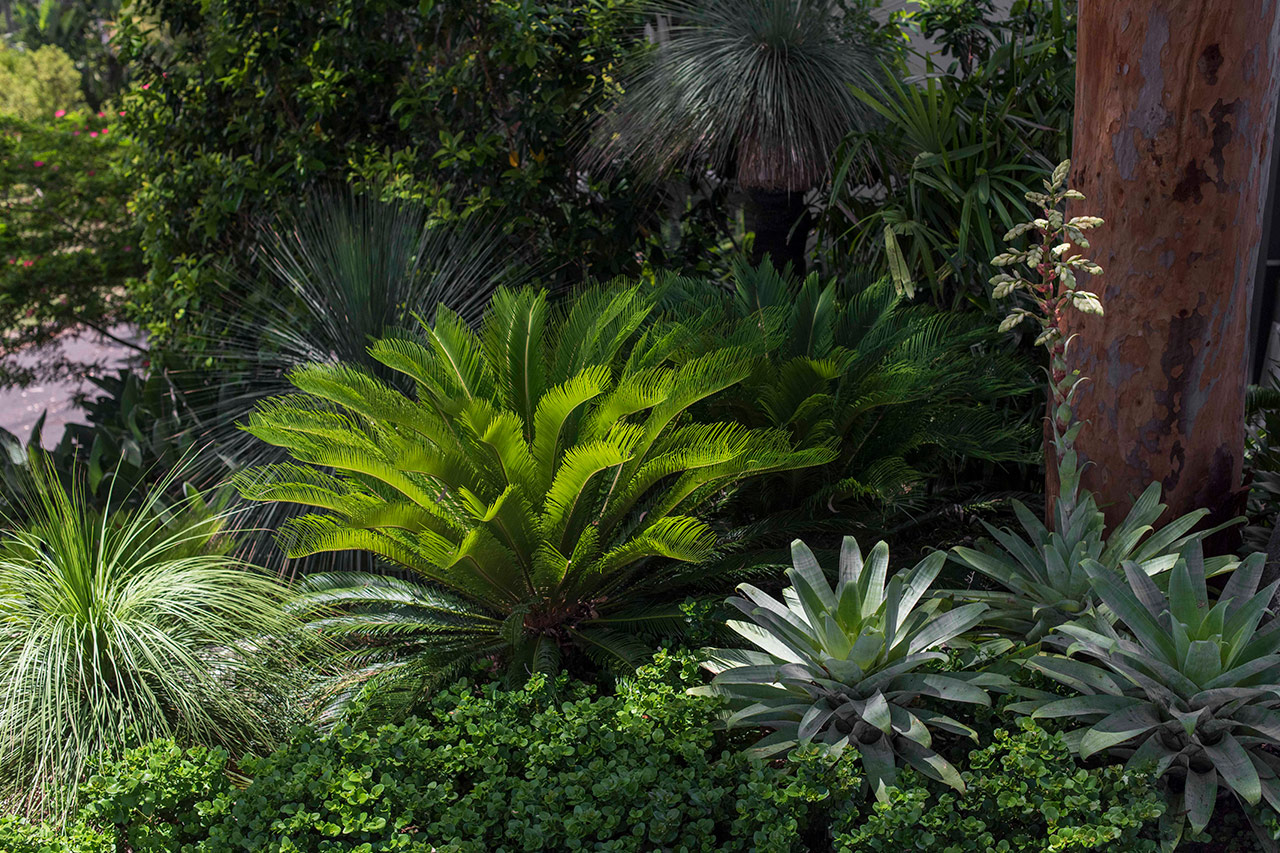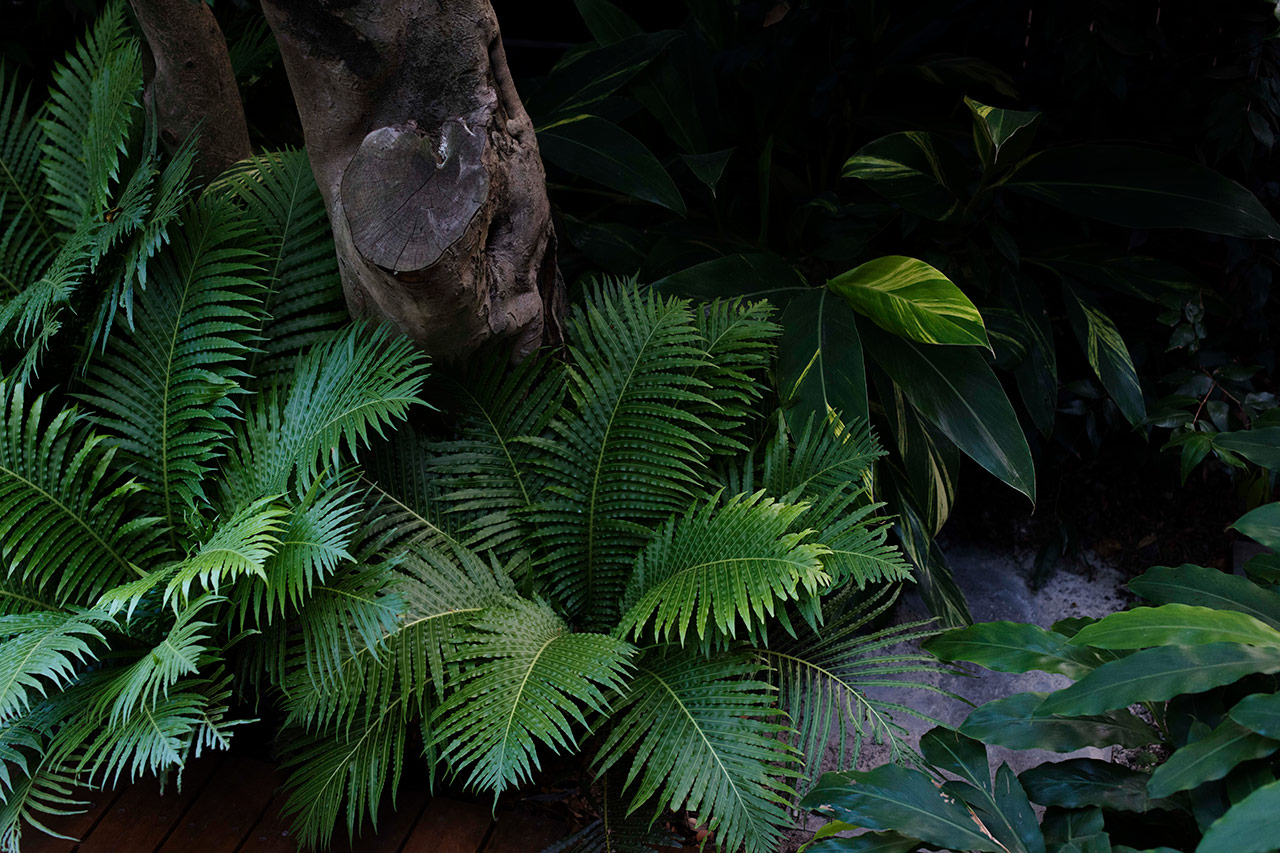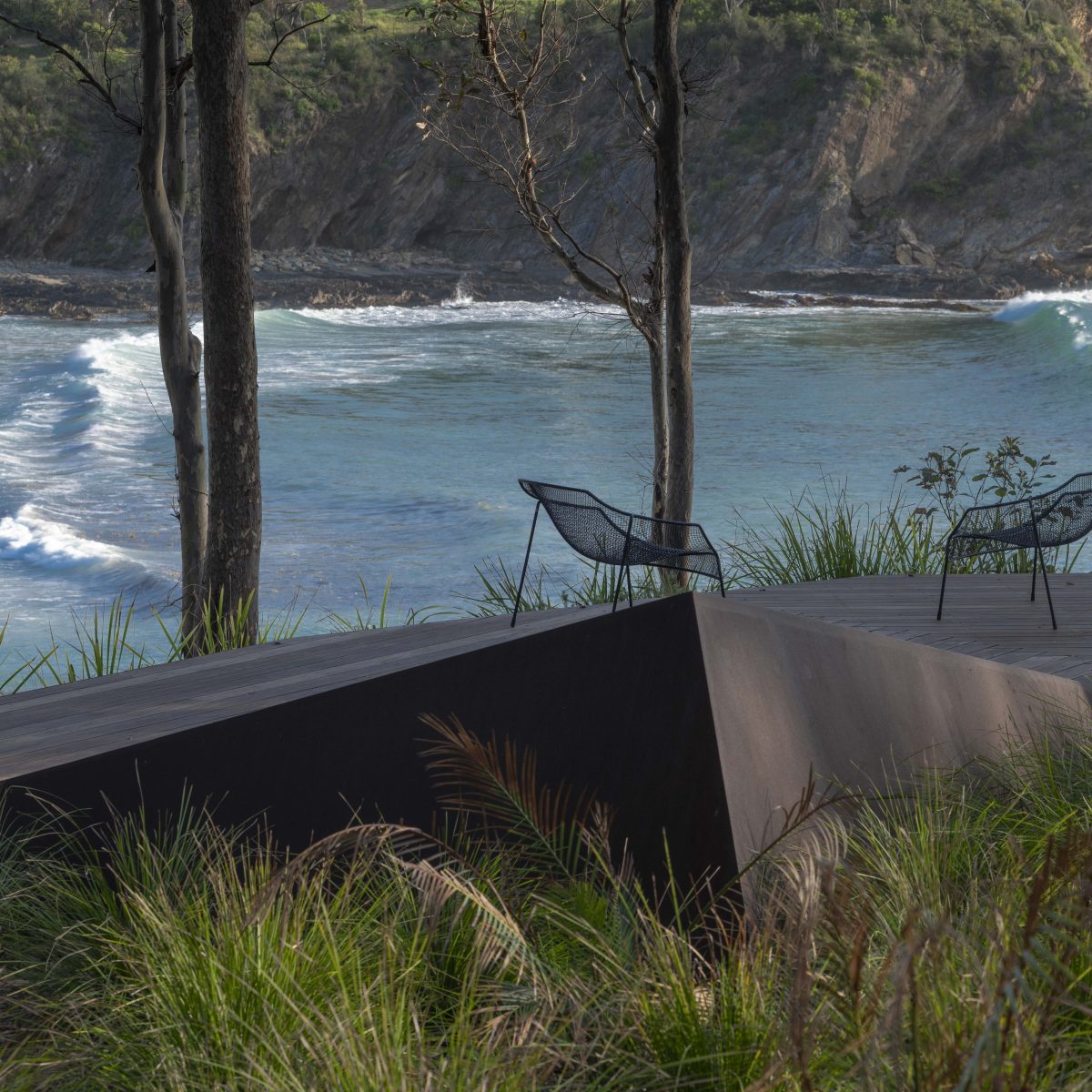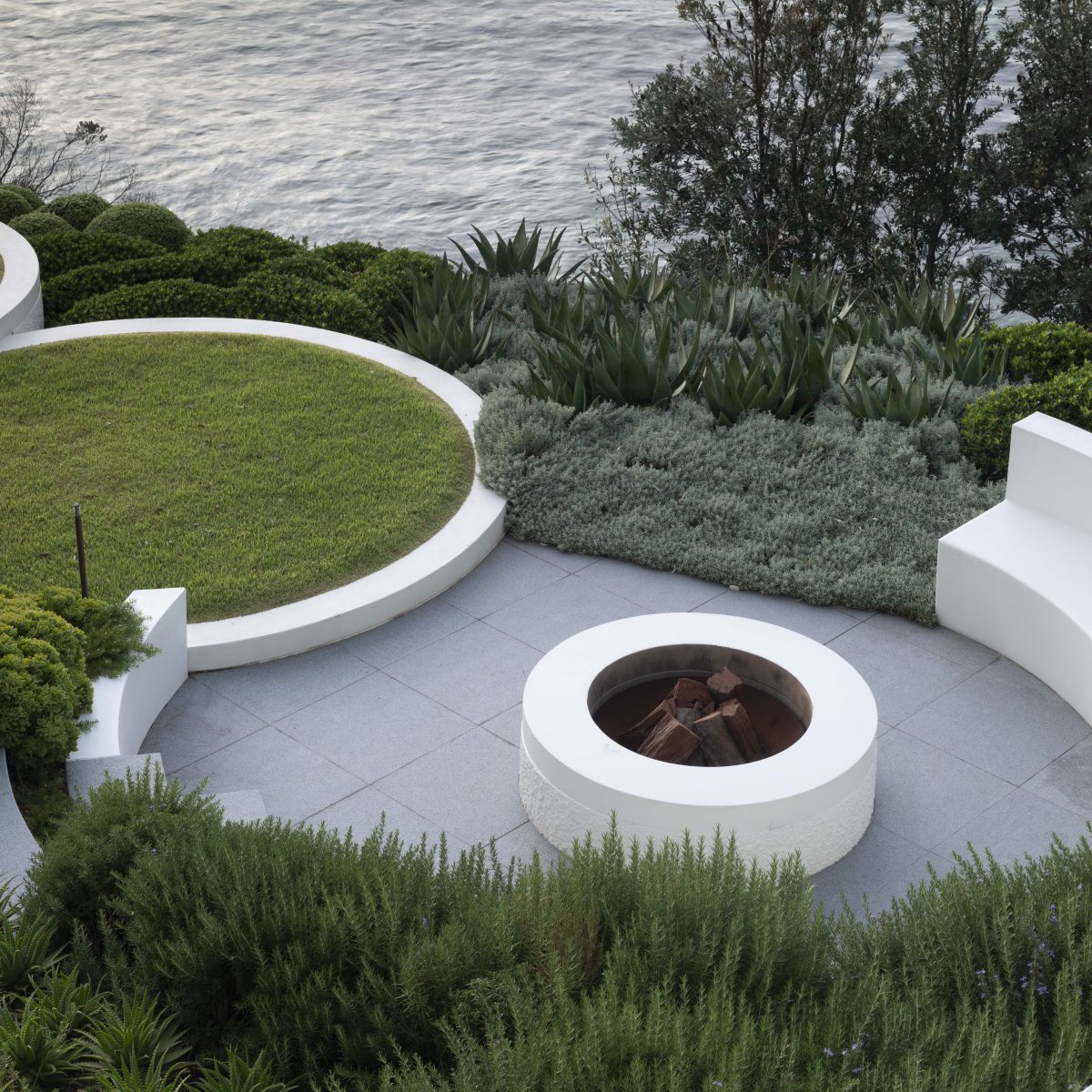What kind of shade is it?
Not all shady spots are equal and the first question to ask is whether you’re dealing with wet or dry shade. These are two very different conditions with only lack of light in common, and plants that like one will sulk terribly if planted in the other. Wet shade – which is what most people think of when they consider shady gardens – is probably the easier one to cope with, potentially suited to lush ferns, mosses, hydrangeas, shade-loving irises and many more plants that don’t mind wet feet. Dry shade occurs in spots where the sun is blocked by looming hedges and the like and is often characterised by poor quality soil, which makes it one of the hardest places to plant out and completely unsuited to wet shade-loving plants, which can’t cope in the dry soil. It’s always possible to find something that will work here, but plant choices may be limited.
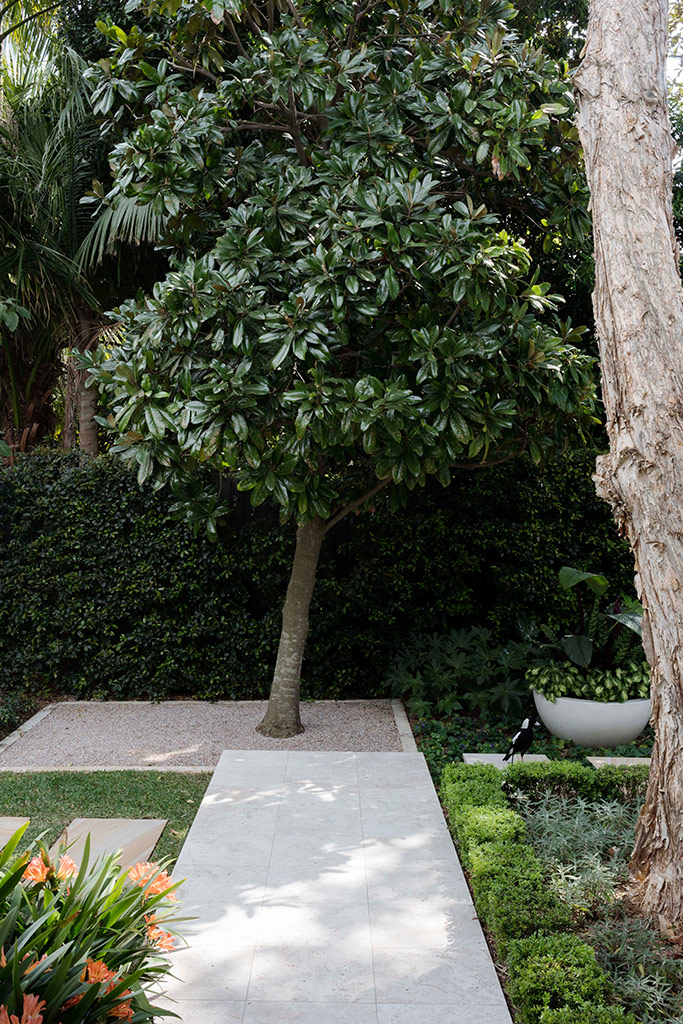
Can you reduce shade?
The first step might be to see whether there’s anything that can be done to let more light into the garden. Some gardens will always be in shade, no matter what, due to the location of the home or surrounding buildings – a situation often encountered in urban blocks where homes stand shoulder to shoulder – but other gardens might merely need some remedial pruning to take them from gloomy to gorgeously light filled. Even where shade cannot be helped (for example, if a building is causing the shade, or an established hedge that’s too beautiful and useful to remove), it may be possibly to deal with some of the issues related to it. For example, boggy patches might be addressed with better drainage or dry spots with irrigation.
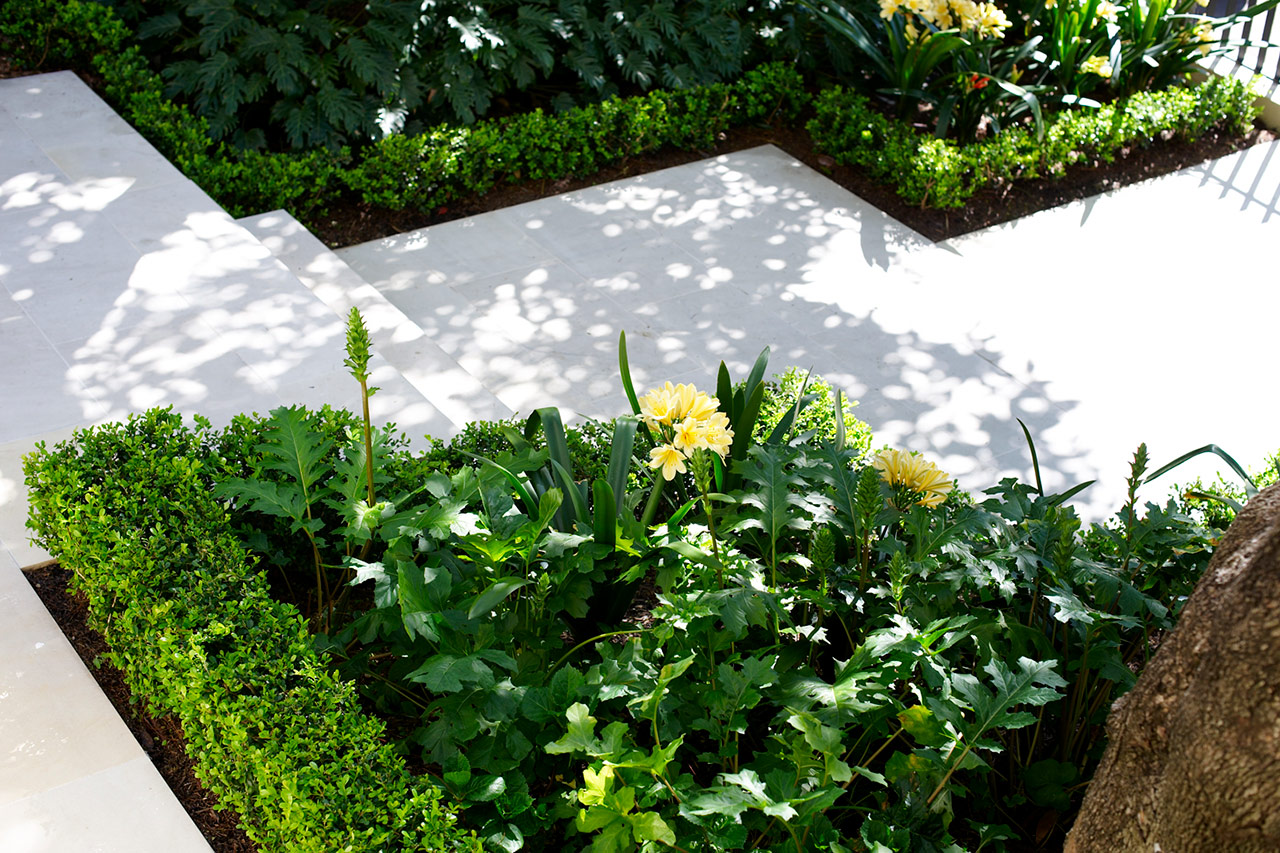
How to make a shady garden look beautiful
Shady gardens enable you to use visual devices that wouldn’t work in full sun. We always look at foliage first – plenty of flowering plants do well in shade, but as they only bloom for a short while, foliage is more important. The dim light only makes dark greens look dull, so one of the tools we use is to intersperse these with pops of lighter leaves; yellow variegated leaves or the acid pop of lime green ferns, for example, can lift a green scheme.
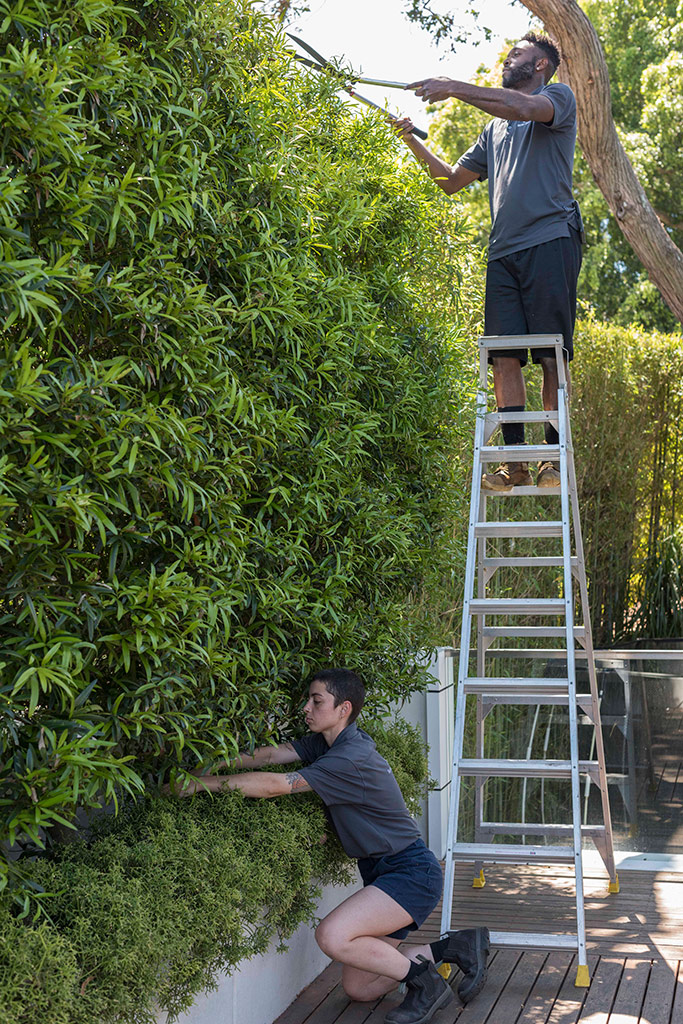
The good news is that plant options are usually plentiful in shady gardens, including the spectrum of tropical plants and even some typical indoor plants. After considering the aesthetics of the space and the particular quirks of the site, we can always find something that looks absolutely stunning.
